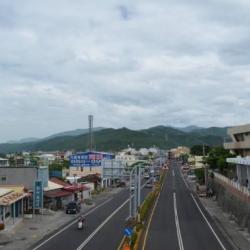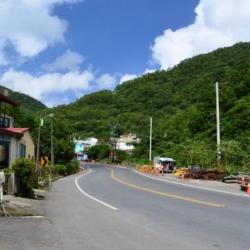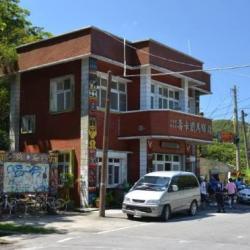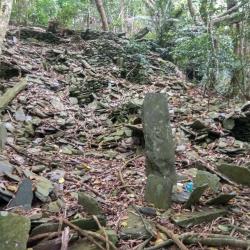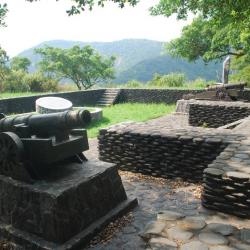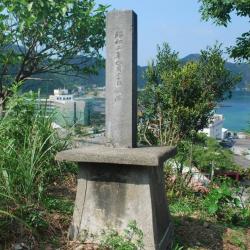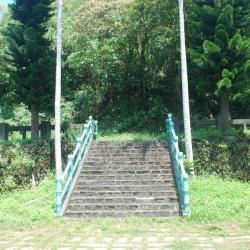Fenggang is located on the south bank of the Fenggang River near the shore in Fangshan Township, Pingtung County. As it is located in the month of Fenggang River, it was named after the strong downhill wind in winter. In the past, Fenggang was the junction where indigenous peoples and Han Chinese traded. It was the traditional territory of the Paiwan from Shebulishe. It was also the starting point of Fenggang Beinan Historic Trail when it was excavated during the Qing period. During the Japanese occupation period, the Governor-General in Taiwan set up a police post to monitor the operation between people from the mountains and people from the plains, and to manage the security of the Fenggang area. Today, the Fenggang Police Post is transferred into a Biker Rest Stop for cyclists and tourists.
